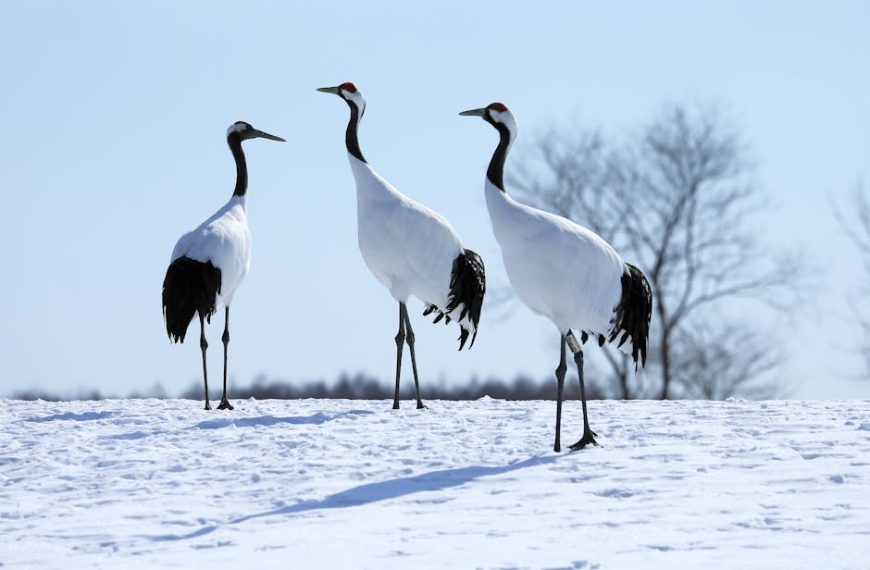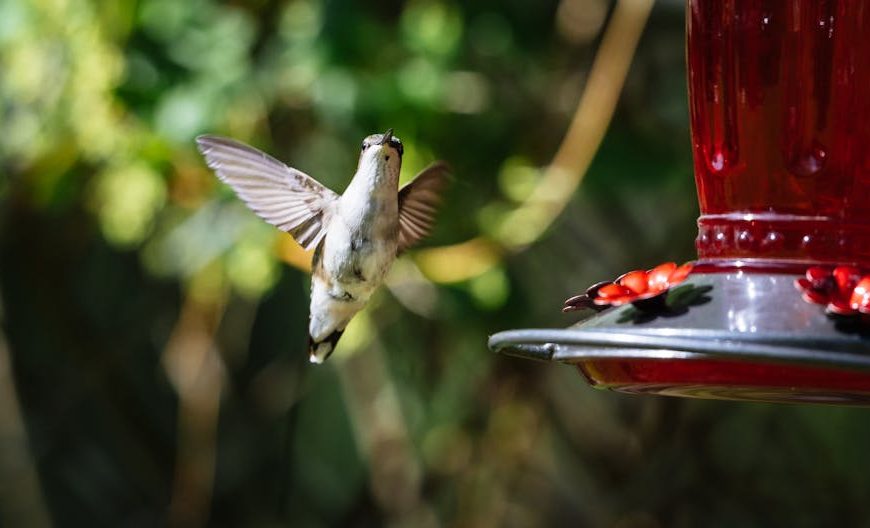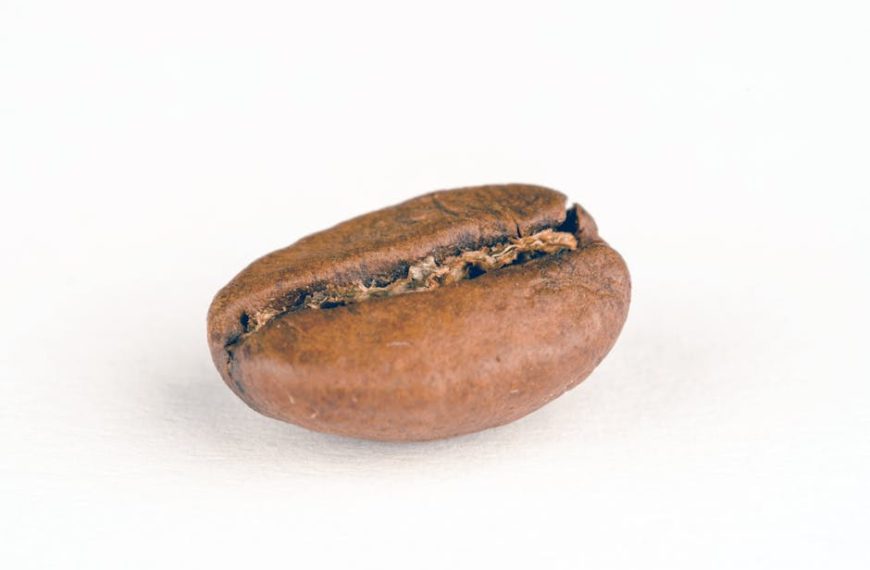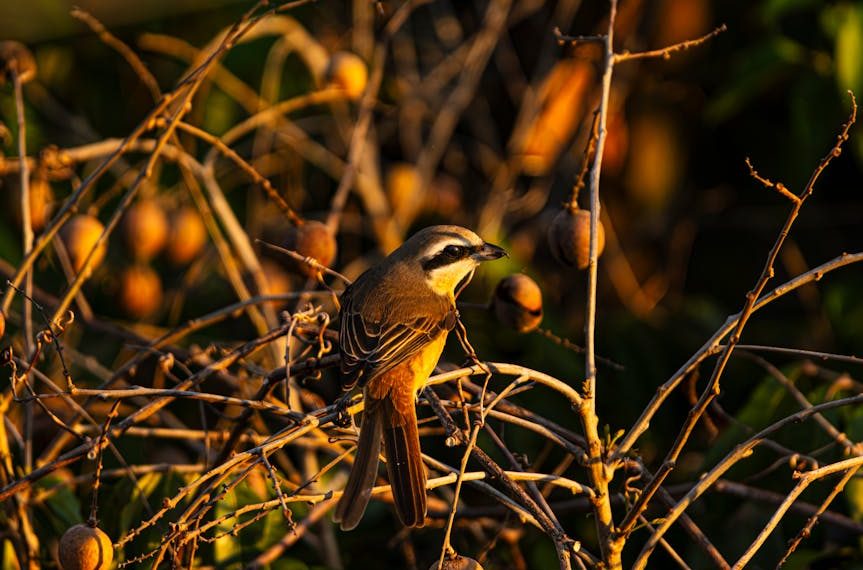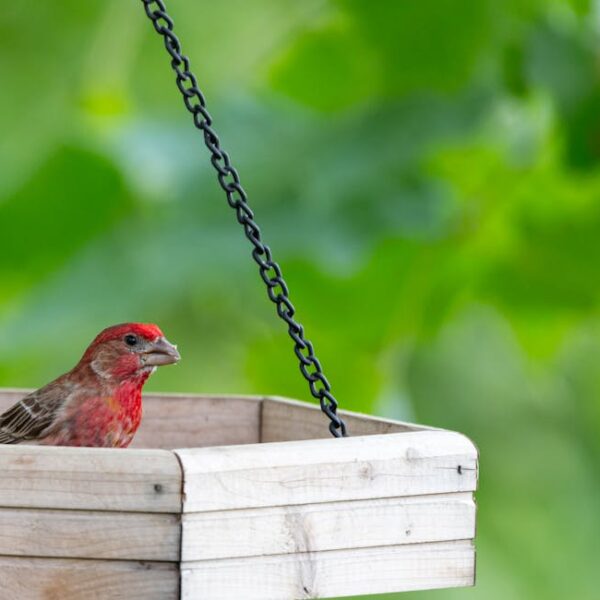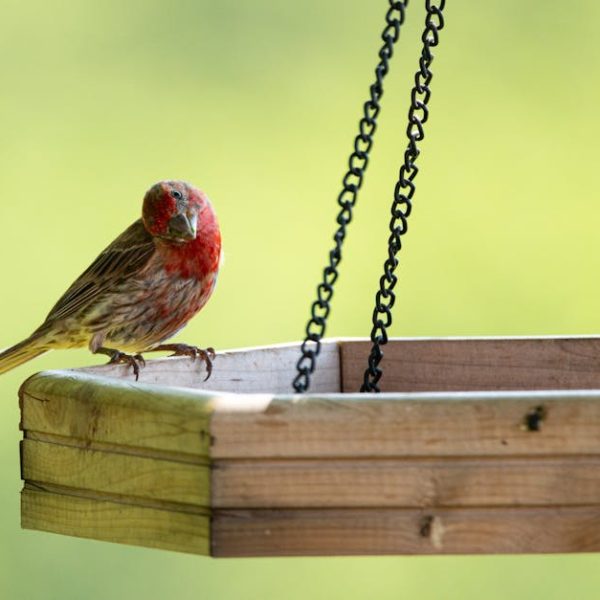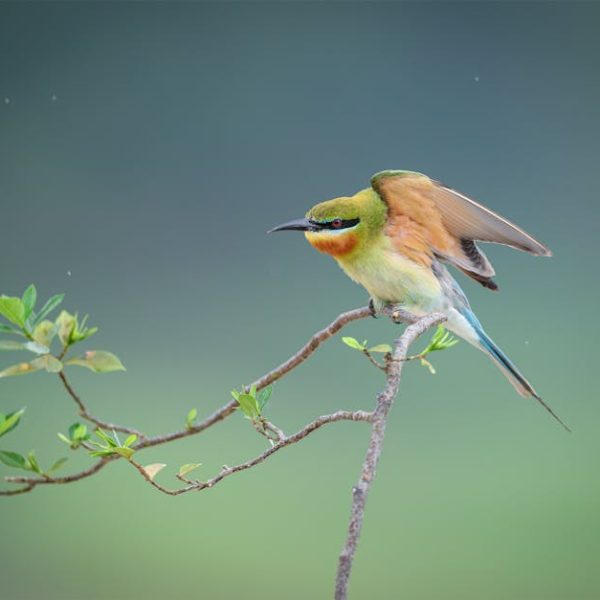There is a multitude of bird species known for having a sweet tooth for mulberries. Whether seeking out a rich food source during migration, or just fancying a natural fruity diet, birds like the American Robin, Waxwings, Northern Mockingbirds, and Northern Cardinals commonly feast on mulberries. These avian creatures find the sweet and soft mulberries irresistible, and their diet becomes naturally intertwined with the seasonal availability of these tiny fruits.
Let’s take a swift look at some birds that relish these berries:
- American Robins: Often considered heralds of spring, Robins are ardent mulberry eaters.
- Waxwings: Their fondness for mulberries knows no bounds, especially during migration.
- Northern Mockingbirds: Known for their singing prowess, they love munching on mulberries.
- Northern Cardinals: These red beauties often choose mulberry trees for feasting and nesting.
Best Practices for Bird Observation
When observing these birds in their natural habitat, remember observing from a distance is the key. Use binoculars, tread softly, and ensure your presence doesn’t stress or disturb their feeding routine. Also, capture their behaviors but don’t use flash which might startle them.
The Nutritional Value of Mulberries for Birds
Mulberries aren’t just sweet treats for birds; they’re highly nutritional too. These berries are a powerhouse of important nutrients like Vitamins C and E, fiber and antioxidants, all of which contribute towards bird health enhancement. They offer the dietary balance needed by birds, infusing their diet with essential vitamins and minerals.
Pro Tips: Attracting Birds with Mulberries
To invite a variety of beautiful bird species to your backyard, consider growing a mulberry tree. Planting a tree not only offers a birds-friendly environment but also enhances the aesthetics of your backyard. Plus, nothing beats the joy of waking up to melodious bird songs!
Nutritional Comparison of Mulberries and Other Bird Foods
| Food Types | Vitamins and Minerals | Fiber Content | Comments |
|---|---|---|---|
| Mulberries | High (Vitamins C and E) | High | Great for bird health; should be eaten in moderation. |
| Seeds | Low | Varied | Good staple food, but lacks some vitamins found in fruit. |
| Insects | Varies | Varies | Excellent for protein, some species rely on insects for diet. |
In terms of essential nutrients, mulberries outshine most other common bird foods, which explains their popularity among various bird species.
The first part of our article now concludes with a rewarding insight into the avian world’s love for mulberries and the undeniable health benefits these fruits offer to the winged creatures. As we move forward, we’ll delve more into the enticing world of birds and mulberries.
The Role of Mulberries in Bird Migration
It’s no secret that mulberries are a favorite among many bird species— what you might not know is the vital role these nutritious berries play during bird migration seasons. During these grueling journeys, birds need to stock up on energy-dense foods to fuel their flights. Mulberries, laden with vital nutrients and sugar, serve as the perfect natural energy bar for these traveling songbirds.
Pro Tips: Planting Mulberry Trees for Migratory Birds
Want to do your part in helping these migratory birds? Planting a mulberry tree can make not only your backyard a favorite pit stop for these amazing creatures but also provide an essential resource during their long and arduous journeys. The tree’s berries are highly sought after by migratory birds like the beautiful waxwing or colorful orioles.
Your Checklist: Observing Migratory Birds Feeding on Mulberries
- Observe from a distance and don’t disturb the feeding birds
- Note the species of birds visiting your mulberry tree
- Keep track of when particular species start and stop visiting
- Take note of any changes in bird behaviors while feeding on mulberries
Planting and Maintaining Mulberry Trees for Birds
Cultivating a mulberry tree in your backyard is a natural way to attract an array of bird species and contribute to local biodiversity. In addition, native bird species, familiar with the food source, find comfort and a suitable habitat in places with mulberry trees.
Guide: Planting a Mulberry Tree
- Choose the right location: A sunny spot with well-draining soil
- Dig a hole twice the size of the root ball
- Place the tree in the hole ensuring it’s at the same depth as it was in the pot
- Backfill the hole, gently tamping down the soil to avoid air pockets
- Water the tree well and continue to do so regularly
Best Practices: The Art of Mulberry Tree Maintenance
- Regular watering: Mulberry trees need to be watered consistently until they’re well established.
- Mulching: Protective mulch around the tree can help retain moisture and suppress weeds.
- Pruning: Regular pruning each winter can help promote a better fruit yield.
Potential Issues: Birds and Mulberries
While inviting a variety of birds to your backyard by planting a mulberry tree sounds exciting, it isn’t without potential issues. These can range from overconsumption by bird species, leading to potential health issues, to attracting unwelcome or invasive bird species.
Pro Tips: Mitigating Potential Issues
- Install netting: A bird net can control the consumption of berries and discourage unwelcome guests
- Predator control: Place birdhouses and feeders in safe spots away from potential natural predators.
Birds, Mulberries, and More: The Pros and Cons
| Pros | Cons |
|---|---|
| Attracts a variety of bird species | May attract unwanted species |
| Contributes to local biodiversity | Potential for birds overconsumption |
| Provides a valuable food source during bird migration | The need for regular upkeep of the tree |
Fostering a bird-friendly environment by maintaining a mulberry tree needs careful consideration of all pros and cons, but the rich experience of watching various bird species while contributing to local biodiversity makes it worthwhile for many people. Happy birdwatching!
Key Takeaway:
- Numerous bird species, including robins, waxwings, mockingbirds, and cardinals, are naturally inclined to feed on mulberries for their nutritional content and taste.
- Mulberries are packed with vitamins, antioxidants, and fiber that contribute to birds overall health, making them a superior food source compared to other common bird foods.
- Mulberries play a significant role during the migration seasons by providing birds with the necessary energy for their long journeys.
- Planting and maintaining mulberry trees can contribute to local biodiversity and provide a familiar environment for native bird species.
- Dealing with potential issues like overconsumption and attracting unwanted bird species requires mitigation strategies like installing netting and careful placement of birdhouses.
Offering a natural feast to our feathered friends through mulberries can not only help maintain a balanced ecosystem but also enrich our lives by bringing diverse bird species closer to us. Keeping in mind the best practices and proactive measures discussed above, creating a bird-friendly environment will bring joy and contribute positively to the larger environment.
FAQs
Q: Can all bird species eat mulberries?
A: Not necessarily. While many birds enjoy mulberries, the specific diet depends on the species. Always observe local birds and research their diets to ensure a healthy environment.
Q: Are there particular types of mulberry trees preferred by birds?
A: Different bird species may have preferences, but in general, any mulberry tree providing ripe, healthy berries will attract birds.
Q: Can feeding birds with mulberries cause any health issues in birds?
A: Overconsumption of anything can cause health problems, including mulberries. However, as part of a balanced diet including other foods, mulberries are an excellent nutritional choice.
Q: How can I discourage invasive bird species from feeding on my mulberry tree?
A: One way could be the use of protective bird netting to control access to the berries, keeping unwanted bird species away.
Q: How long does it take for a planted mulberry tree to produce berries?
A: While it can vary depending on the environment and care provided, most mulberry trees start producing fruit within a few years of planting.
Your continued interest and efforts can make a significant difference in the lives of our feathered friends and the overall ecosystem. Share this article with other nature enthusiasts, and don’t forget to explore more posts for further insights into the amazing world of birds and beyond.


